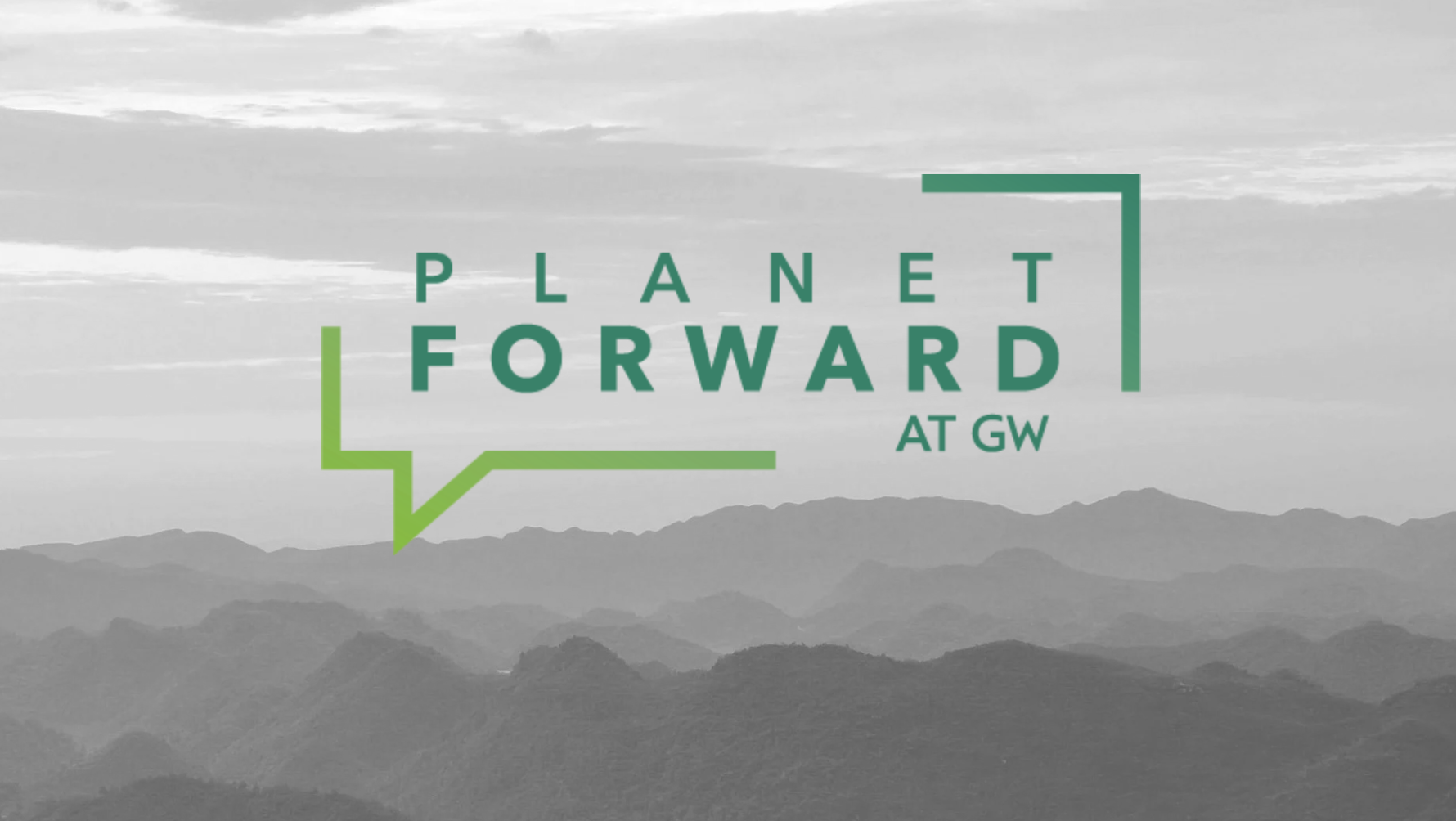 https://health2016.globalchange.gov
https://health2016.globalchange.gov
http://www.nachc.org/wp-content/uploads/2017/03/Americas-Health-Centers_2017.pdf
">Community Health Centers provide a unique opportunity to help vulnerable populations adapt to climate change.
 https://health2016.globalchange.gov
https://health2016.globalchange.gov
http://www.nachc.org/wp-content/uploads/2017/03/Americas-Health-Centers_2017.pdf
">Community Health Centers provide a unique opportunity to help vulnerable populations adapt to climate change.
Climate change is already impacting human health, and we will only get sicker as the planet gets sicker. The health impacts of climate change are wide ranging and will vary by geographic location. Mental illness, vector borne diseases, contaminated water, decreased food availability, temperature related illness and death, increased allergens, respiratory symptoms, foodborne illness, and harm from extreme weather events are the main expected health impacts. However, they will not impact everyone equally.
Certain groups are at greater risk of harm due to social, economic, and physical factors. Socially vulnerable are low income populations, non-English speakers, homeless people, outdoor workers, immigrants, and indigenous populations. Physically vulnerable are the elderly, pregnant mothers, children, the mentally ill, people with chronic diseases, and disabled people. On the larger scale, communities with the adaptive capacity to adjust to threats and respond to consequences will be able to keep their people safe. Adaptive capacity is determined by social capital, leadership, income, education level, institutional resources, and community preparedness. This leaves vulnerable people and communities at a much higher risk to be harmed, health and otherwise from climate change.
Community Health Centers provide healthcare and other social services to underserved communities across the US. They reach these populations because they are open to all, regardless of ability to pay, provide a comprehensive set of services, are located in high need areas, and are community governed to best meet the needs of the community. They serve many vulnerable populations including; low income, homeless, veterans, racial/ethnic minorities, uninsured, and publicly insured. These health centers often go further in helping patients than just meeting their health needs through community partnerships, enrollment assistance, food banks, on site WIC, housing assistance, transportation, etc. They play a key role in creating communities that care for their people in a sustainable way.
Community Health Centers serve the most vulnerable among us and present an opportunity to further protect these populations from climate change and educate them on sustainability so they can play a role in protecting themselves. Anyone from physicians to front desk staffers can help communicate with patients to prepare vulnerable populations to respond to risks. Community Health Centers are well connected to the community and can help launch climate initiatives such as community gardens or farmers’ markets that also have positive impacts on health. This community driven approach presents an opportunity to empower those who often feel like they do not have a voice to help the planet and improve their own lives.
https://health2016.globalchange.gov
http://www.nachc.org/wp-content/uploads/2017/03/Americas-Health-Centers_2017.pdf